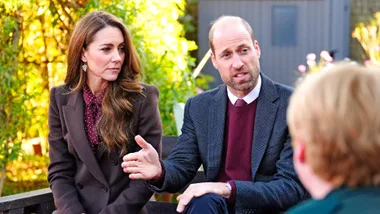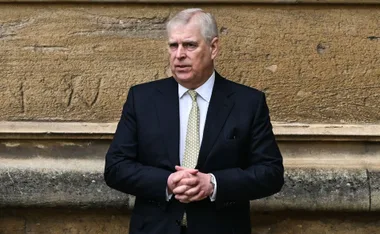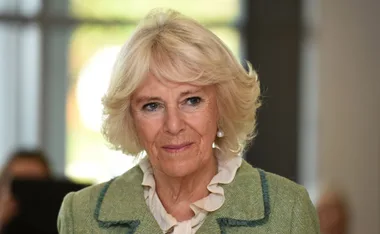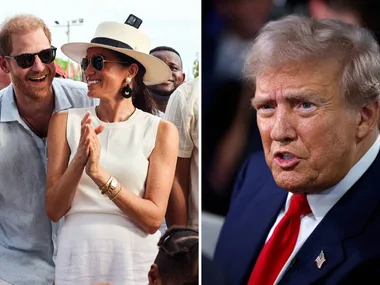Ever wondered why the pretty girls at school stuck together? Why boy bands share their good looks? Or why Ja’mie and her friends are all so “quiche”?
According to new research by the University of California, these groups’ collective attractiveness is no coincidence, but it may all be smoke and mirrors.
It’s called “the cheerleader effect”: the theory that “people seem more attractive in a group than in isolation”, which researchers Walker and Vul put to the test in a series of five experiments published in Psychological Science.
Testing male and female faces, either alone or in a group with the same gender, results were consistent that people appeared more attractive in groups with similar or complementary features, even if they were “average” looking.
“Taken together, these phenomena suggest that individual faces will seem more attractive when presented in a group,” the report said.
“They will appear more similar to the average group face, which is more attractive than group members’ individual faces.”
Though this seems to be the first time academics have waded into the “cheerleader effect” phenomenon, the term has been used unofficially for years, The Atlantic reports.
Its first recorded use in a 2008 Urban Dictionary definition said, less delicately, “altogether the cheerleading team looks attractive… [however] on closer inspection [each person] is quite ugly”.
Basically, people seem more attractive in groups than on their own, a phenomenon Walker and Vul credit to the “averaging out of unattractive idiosyncrasies”.
The researchers have used their findings to establish some solid scientifically based dating advice.
“Have a few wingmen or wingwomen,” Walk and Vul conclude.
“May indeed be a good dating strategy, particularly if their facial features complement and average out one’s unattractive idiosyncrasies.”
Newsletter conversion description. Get the latest in your inbox.
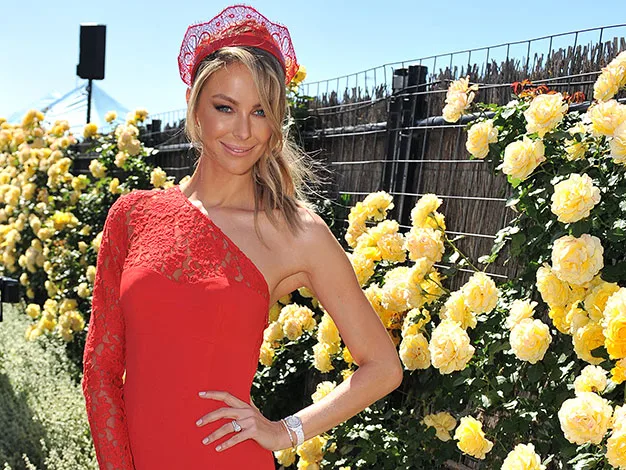
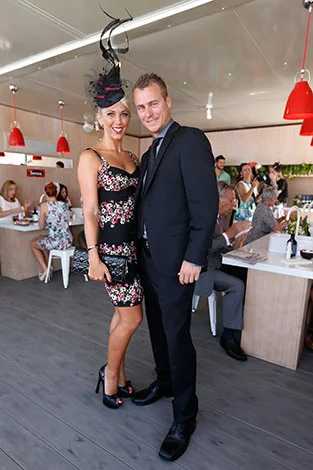



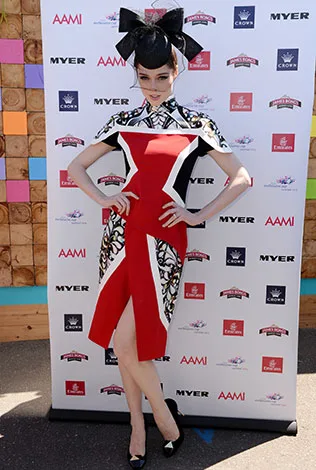
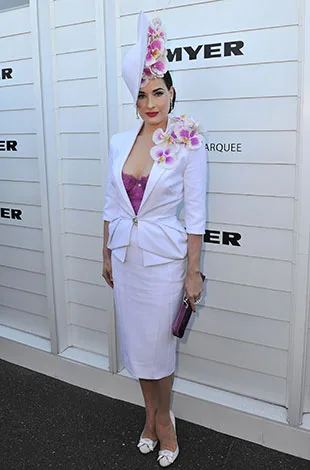

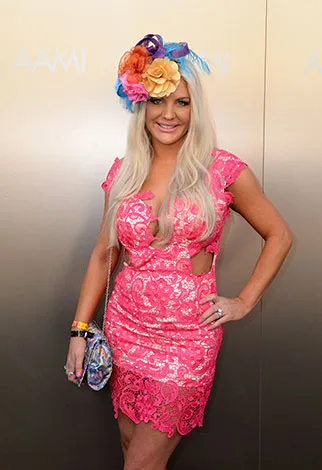







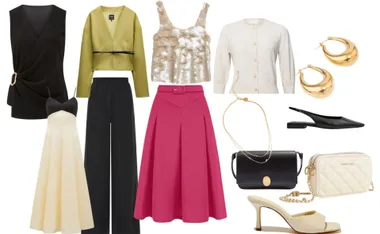
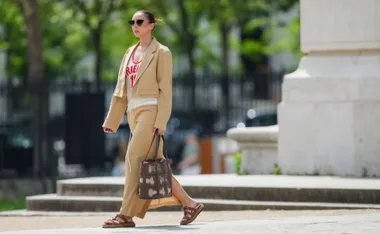








.jpg?fit=650%2C923&resize=650%2C923)








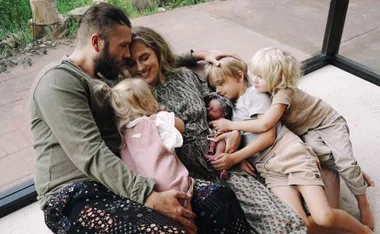











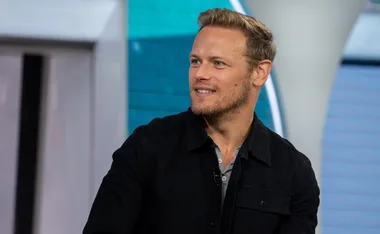
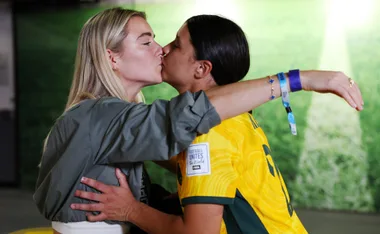





.png?resize=380%2C285)
.jpg?resize=380%2C285)




